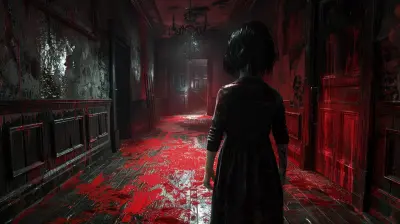The Psychology Behind Fast Reflexes in FPS Gaming
1 October 2025
If you've ever played a competitive first-person shooter (FPS) like Call of Duty, Valorant, or Counter-Strike, you’ve probably witnessed someone with lightning-fast reflexes dominating the game. You know the type—snapping to heads, dodging bullets, reacting almost before danger appears onscreen. It seems superhuman, right? But there's actually a fascinating psychological foundation behind those quick reactions.
In this post, we’re diving deep into the psychology behind fast reflexes in FPS gaming. We're talking about what’s going on in the brain, how players train their minds and bodies, and why some folks just seem “built” for the fast-paced world of shooters.
Ready? Let’s break it down.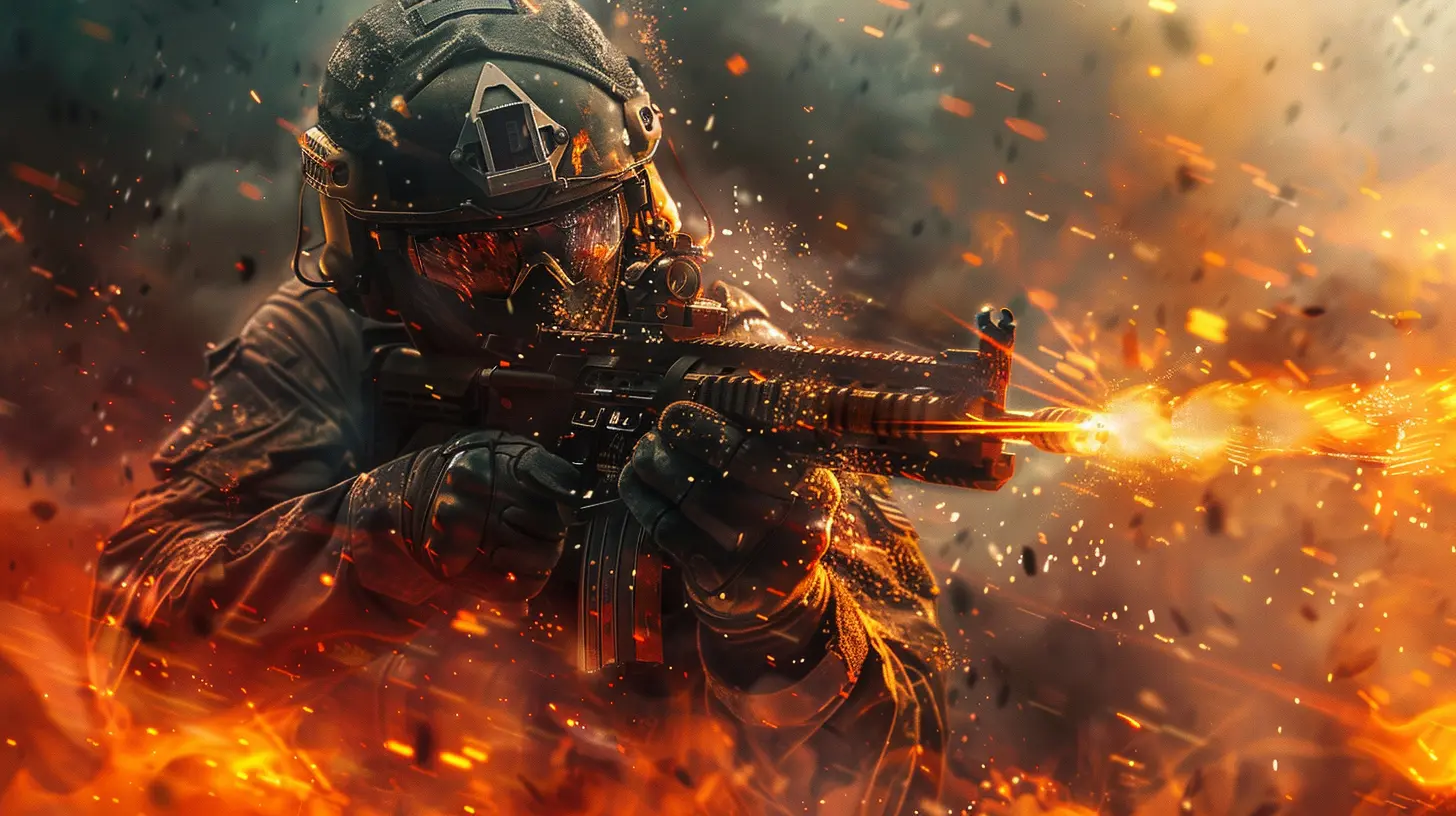
🧠 What Are Reflexes, Really?
Reflexes are automatic responses to stimuli. When you touch something hot and yank your hand back before you even realize it—bam, that’s a reflex. In FPS games, reflexes help you react to things like an enemy popping out from behind a wall or a flashbang suddenly exploding.But here’s the cool part: in gaming, we’re not just talking about pure "stimulus-response" actions. We’re talking about trained, refined, and calculated reactions that come from hours (honestly, sometimes YEARS) of mental and muscle memory development.
So yes, reaction time matters, but cognition – your ability to process and make decisions – is just as key.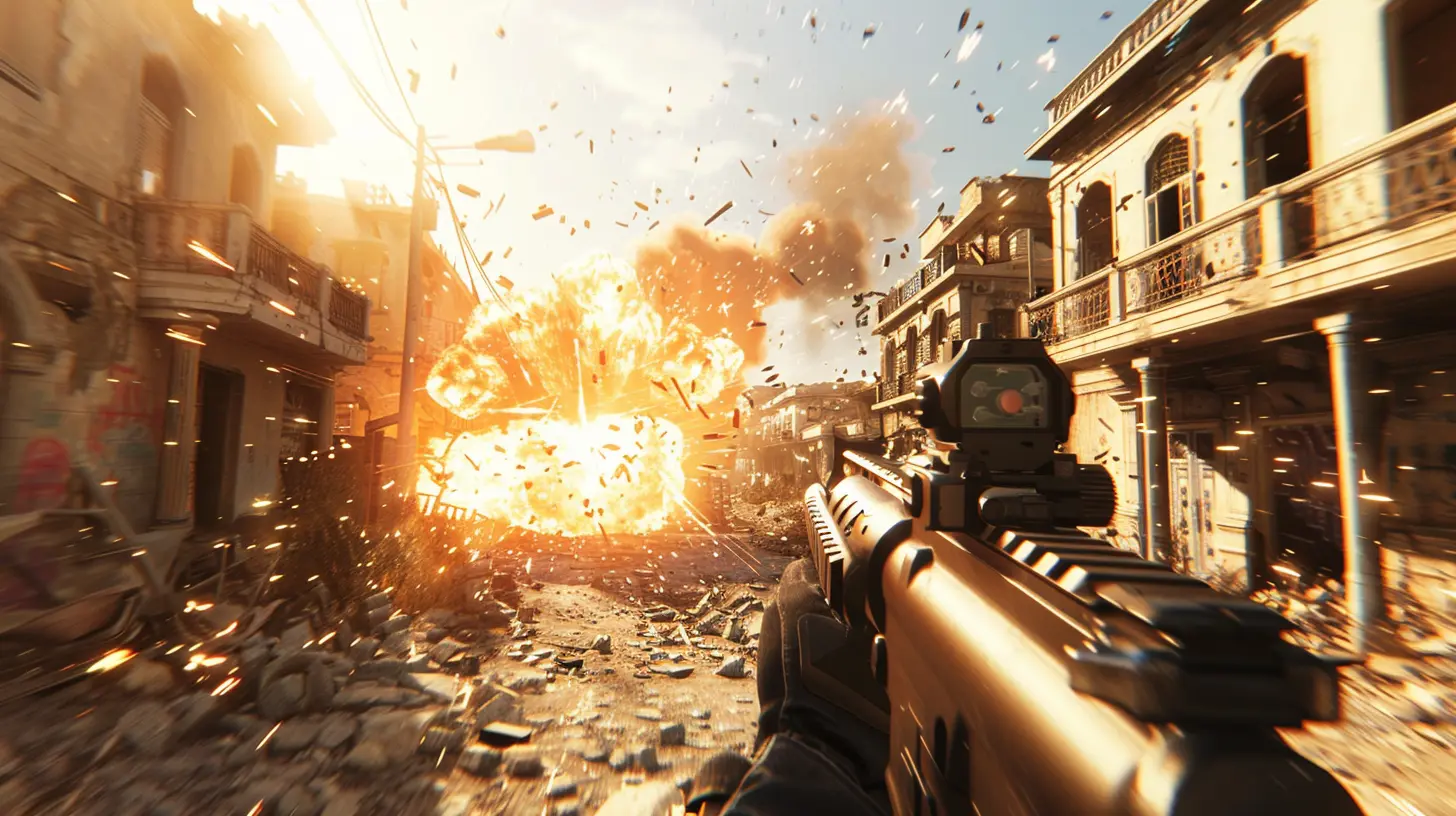
🎮 Reflexes vs. Reaction Time in Gaming
Let’s clear this up: reflexes and reaction time aren’t the same thing, but they’re cousins.- Reflexes are usually involuntary and immediate.
- Reaction Time involves perception, processing, decision-making, then action.
When you spot an enemy in the corner of your screen and your brain signals your fingers to aim and shoot, that’s reaction time in action. FPS gamers are constantly cycling through this process. The faster the cycle, the deadlier the player.
And get this—pro players can have reaction times as low as 150 milliseconds. That’s faster than the blink of an eye.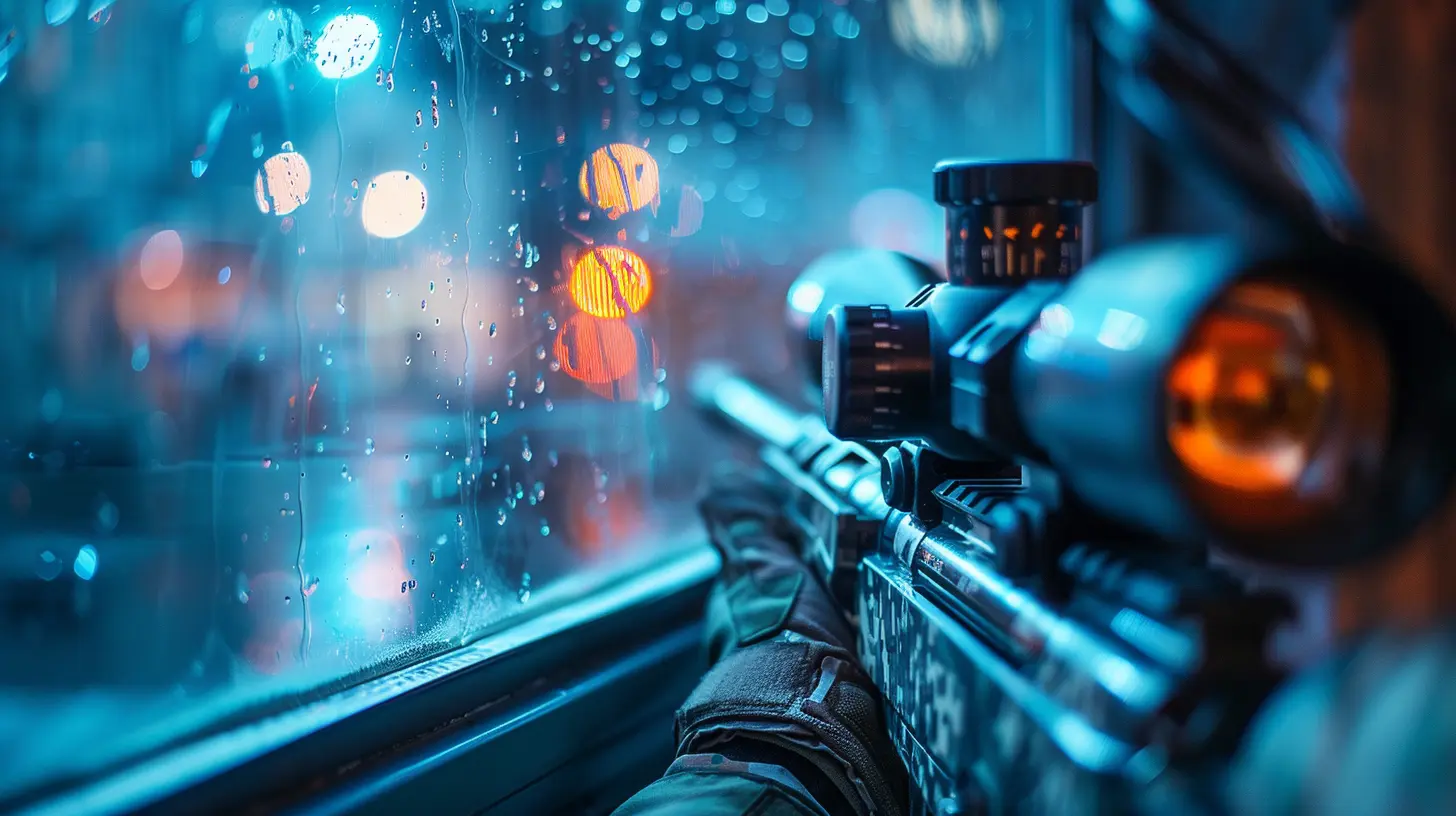
🧬 The Science Behind Fast Reactions
So, what’s going on in the brain when you react quickly? It’s all about neurons. Neurons are the messengers of your brain and body. When you see something (like an enemy player), your eyes send that info to your brain’s visual cortex, which then processes it and signals your motor cortex (the part responsible for movement) to act.The faster and more efficiently those neurons fire and communicate, the better your reaction.
Let’s simplify this. Think of it like a Formula 1 race team:
- Your eyes are the spotters.
- Your brain is the strategist.
- Your fingers are the pit crew.
The smoother they work together, the quicker you'll dominate.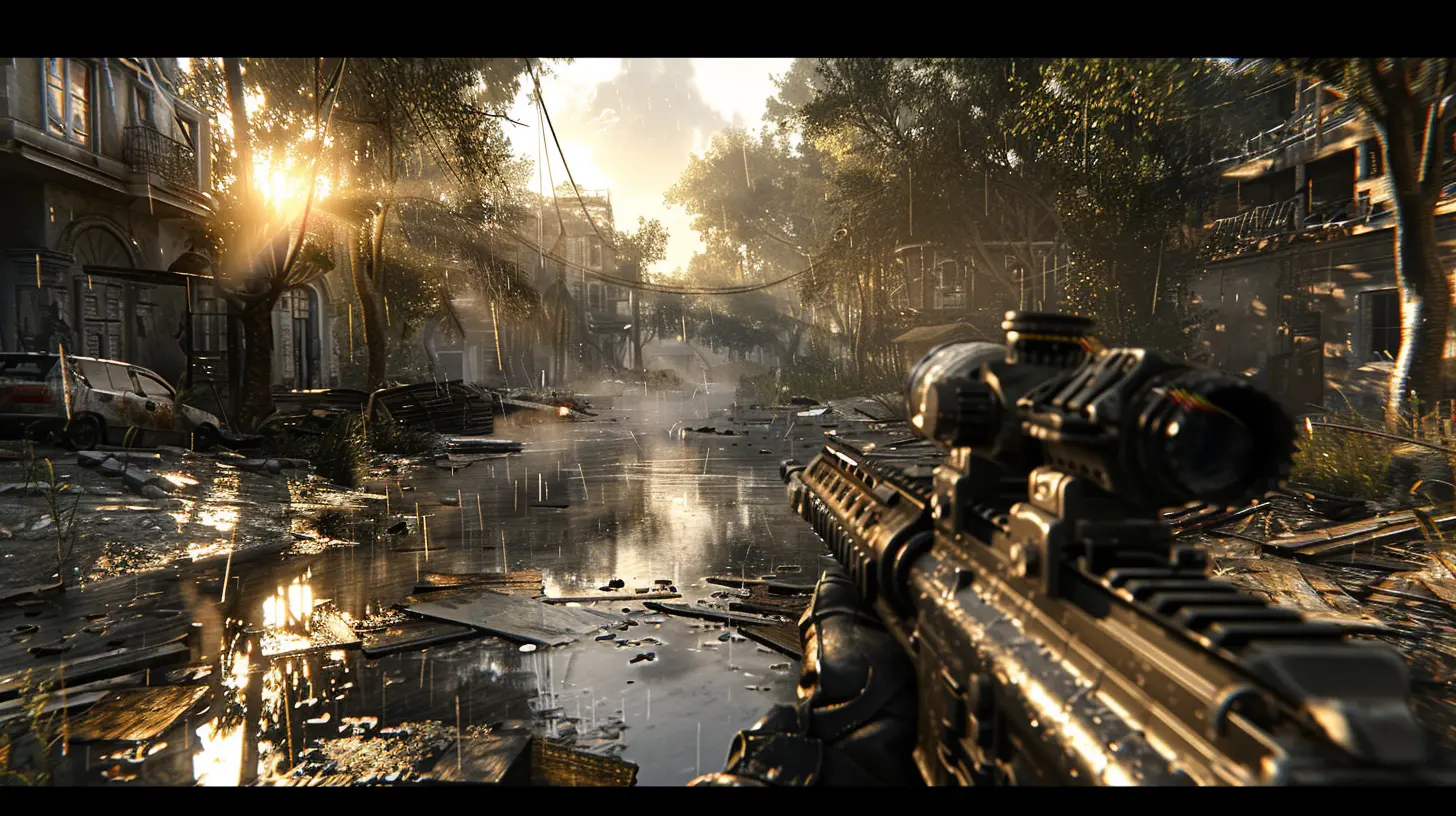
🧠 Pattern Recognition & Prediction: The Gamer's Brain On Fire
Reflexes aren’t just about reacting—they’re also about predicting.Top FPS players don’t just rely on raw speed; they recognize patterns. They anticipate where enemies might peek, how opponents behave, or where danger could come from based on minimal info. That’s not luck—it’s cognitive wizardry.
When you’ve played a thousand matches and seen a hundred similar situations, your brain builds a massive mental library. It's like Sherlock Holmes with a controller.
So, over time, you’re not just reacting—you’re predicting.
👁️🗨️ Visual-Spatial Awareness: Seeing More Than Meets the Eye
Here’s something often overlooked: the best FPS players have insane visual-spatial awareness.They notice tiny movements, changes in lighting, shadows, or even pixel shifts. Their brains are trained to detect these visual cues and react instantly.
Ever seen someone flick to a head you can barely even see? They’re absorbing more visual data in a millisecond than most people do in ten seconds.
It’s not just what you see—it’s how your brain processes what you see.
🧘♂️ Focus, Flow & The Zone
You’ve probably heard of “The Zone” or “Flow State.” That moment when everything feels smooth, reactions are sharp, and you feel unstoppable. Psychologically, this is a state of hyper-focus where time feels slower, distractions fade, and your brain and body move in harmony.Getting into The Zone boosts your reflexes by clearing your mind of extra noise. It’s all about:
- Single-tasking
- Zero distractions
- Total sensory immersion
You’re in the game. Literally. And your reflexes? They’re running on turbo mode.
🖐️ Muscle Memory: Reflexes Born from Repetition
You know those insane 180-degree flick shots? They aren’t just instinct—they're trained.Muscle memory is your body learning to perform actions without conscious effort. When you repeat certain actions (like aiming, flicking, or strafing), your brain forms stronger neural connections.
It’s like paving a dirt trail into a six-lane highway.
Pro players spend hours in aim trainers like Aim Lab or KovaaK’s every single day. Over time, their reflexes become second nature—no thought required. It’s all automated response.
🧬 Are Some People Born With Faster Reflexes?
Here’s the age-old question: Nature vs. Nurture.- Some people are born with faster reaction times. They might have better neuron conductivity or sharper visual processing. Genetics plays a role, for sure.
- BUT—reaction time can be trained.
Even if you’re not a naturally gifted gamer, with the right training, you can shave milliseconds off your reaction time and build up your brain-muscle connection.
You're not stuck with the reflexes you were born with. You can level them up. Just like grinding XP.
🏋️♂️ How to Train Your Reflexes Like the Pros
So, how do you boost your FPS reflexes? Here are some practical, science-backed tips:1. Play Consistently
Like any skill, consistency is key. The more you play, the more your brain builds those critical neural pathways.2. Use Aim Trainers
Apps like Aim Lab or KovaaK’s are designed specifically to improve your aim and reflexes with metrics, challenges, and tracking.3. Work on Peripheral Vision
Try tracking multiple targets at once. Play modes that force you to scan the whole screen and not just tunnel vision.4. Practice Predictive Skills
Study maps, play mind games, and predict enemy behavior. This pre-reaction mindset gives you a huge advantage.5. Get Quality Sleep
Seriously—lack of sleep destroys reaction time. Sleep is when your brain consolidates memory and learning, including muscle memory.6. Fuel Your Brain
Stay hydrated, eat brain-healthy foods (omega-3s, baby!), and avoid sugary crashes. Your reaction time depends on your health.7. Minimize Input Lag
Make sure your monitor and setup are optimized. High refresh rates, low latency—every millisecond counts.🧑⚕️ Mental Health & Stress: The Double-Edged Sword
Stress is a weird one. A bit of stress can heighten your awareness and even boost reactions. Too much? And you freeze.Performance anxiety, long losing streaks, or toxic lobbies can overload your brain, making you hesitate or second-guess. That’s why pro players often have mental coaches now.
Keeping your mind calm, clear, and focused is just as important as aim practice. Mental resilience is part of the reflex game.
📈 Reflexes Decline with Age…But You Can Fight It
It’s true—reaction times tend to slow as we age. Most pro players peak in their late teens to mid-20s, which is why esports is a young person’s game.But—and this is big—you can fight that decline with training, health, and experience. A 30-year-old with great map knowledge and awareness can still beat a 20-year-old with raw aim.
Think of it like a seasoned fighter vs. a rookie with fast hands. Brains can trump brawn.
🕹️ Final Thoughts: Your Mind Is Your Most Powerful Weapon
Fast reflexes in FPS gaming aren’t just about twitchy fingers—they’re about how well your brain processes, predicts, and performs under pressure.You don’t need to be born a gaming prodigy to improve. With some understanding of the underlying psychology, a lot of practice, and a bit of patience, you can push your limits and sharpen your edge.
And who knows? With enough training, you might just become the one pulling off those jaw-dropping plays that leave others going, “How did they DO that?”
Just remember: it’s not magic—it’s psychology.
all images in this post were generated using AI tools
Category:
Shooter GamesAuthor:

Aurora Sharpe
Discussion
rate this article
1 comments
Jackson Kelly
Who needs therapy when you can just frag pixels? Turns out, our brains are just wired to dodge bullets and snack on Doritos at lightning speed!
October 13, 2025 at 3:54 AM

Aurora Sharpe
While gaming can be a fun escape, understanding the psychology behind fast reflexes reveals deeper cognitive benefits that extend beyond just dodging bullets.
